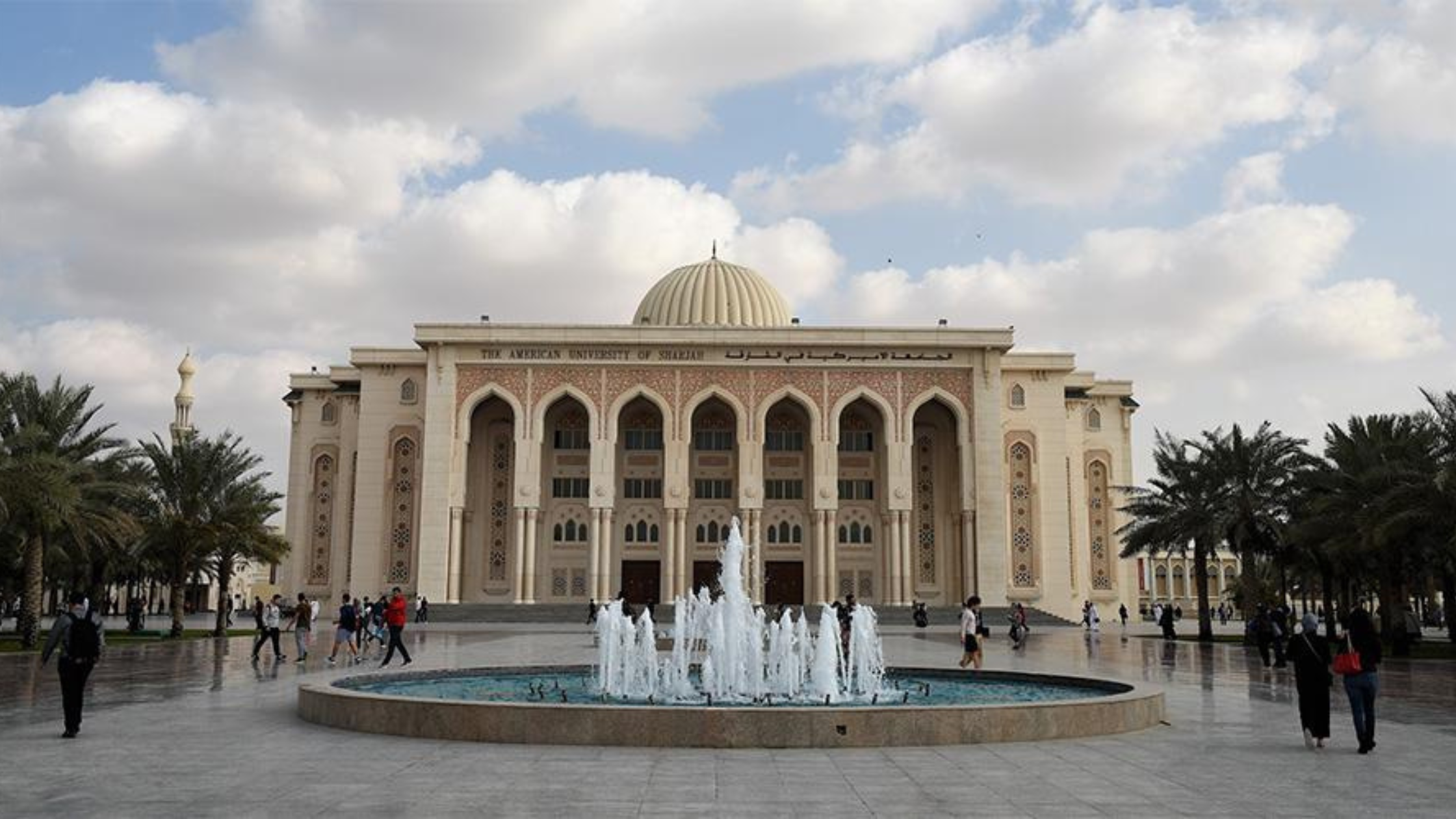Ceasefire Collapses: Pakistan Strikes India After Sindoor Operation

Tensions between India and Pakistan have intensified dramatically following recent cross-border military actions. The situation escalated after Pakistan launched an attack on India’s Jammu & Kashmir region on Saturday, May 10. This development is part of a broader backdrop of long-standing friction between the two South Asian neighbors, particularly along the Line of Control (LoC) and the International Border.
The flare-up follows India’s execution of “Operation Sindoor,” a military operation targeting nine alleged terror camps across the border in Pakistan and Pakistan-administered Kashmir. Pakistan responded by claiming missile attacks on Indian airbases. Both countries have issued strong public statements defending their actions, framing them as defensive and necessary under the circumstances.
Understanding Operation Sindoor and Its Strategic Focus
India launched Operation Sindoor in response to a violent terrorist attack in Pahalgam, Jammu & Kashmir, where 26 civilians were reportedly killed in a targeted operation. The Ministry of Defence described the response as “focused, measured, and non-escalatory,” emphasizing that it aimed to neutralize specific threats without triggering wider conflict.
According to official sources, the operation targeted nine terror camps across the border, including locations in Pakistan-administered Kashmir. The operation’s name, “Sindoor,” carries cultural resonance, though authorities stressed the mission’s strategic and defensive objectives.
Indian defense officials refrained from sharing operational specifics but confirmed that every effort was made to prevent collateral damage. The strikes were conducted under a framework of rapid retaliation, designed to act as both deterrent and justice mechanism for the Pahalgam incident.
Pakistan’s Counteraction and Claims of Retaliatory Strikes
Following India’s announcement of Operation Sindoor, Pakistan claimed to have launched missile strikes targeting Indian military installations. Specifically, Pakistan mentioned attacks on Nur Khan Military Airbase in Rawalpindi, Murid Airbase in Chakwal, and Rafiqui Airbase in Shorkot, Jhang district.
While Pakistani authorities framed these actions as retaliatory, India has not confirmed damage to its facilities. Indian sources indicated that their air defense systems were fully operational and effectively intercepted potential threats. In the aftermath, Pakistan accused India of breaching diplomatic protocol and called for international mediation to prevent further escalation.
Despite publicized claims, no major international body has yet responded to the situation, and global reactions remain cautious. Both governments continue to project resolve while urging restraint—an approach underscoring the delicacy of the current scenario.
Ongoing Ceasefire Violations at the Line of Control
Reports from both sides confirm ongoing ceasefire violations along the LoC for two consecutive days. Artillery fire, mortar shelling, and small-arms engagements have been observed, prompting evacuations and heightened security in several sectors.
Local residents in border villages have taken refuge in safer areas as tension escalates. The violations have cast doubt on the sustainability of the 2021 ceasefire agreement, which had been seen as a step toward de-escalation between the two nations.
Both militaries have strengthened their presence along the border. Patrols have increased, surveillance systems have been activated, and operational units are on standby to respond to further provocations. These developments suggest the region is on edge, with little room for diplomatic maneuvering unless hostilities subside.
Indian Army’s Messaging and Military Readiness
Shortly after conducting strikes under Operation Sindoor, the Indian Army posted a message on X (formerly Twitter): “Justice is served. Jai Hind!” This statement followed an earlier post asserting, “Ready to strike, trained to win.” These messages reflect the Indian Army’s readiness posture and the intent to convey deterrence and resolve.
The Ministry of Defence confirmed that all air defense units across the India-Pakistan border were on high alert. Surface-to-air missile batteries, radar systems, and response teams have been deployed across forward locations. Authorities reiterated that these steps were preventive in nature and aimed at safeguarding national security without provoking further conflict.
Despite the strong messaging, Indian officials continued to insist that their military operations were confined, strategic, and devoid of expansionist intent.
Civilian Populations Brace for Uncertainty
As military activity increases, the civilian populations on both sides of the border have begun experiencing the consequences. In India, heightened security has led to lockdowns in parts of Jammu & Kashmir, while in Pakistan, towns like Rawalpindi, Chakwal, and Shorkot are operating under emergency protocols.
Educational institutions have been closed, public events cancelled, and travel in certain areas restricted. Many families have temporarily relocated to safer zones, and emergency shelters have been set up in sensitive regions. Humanitarian organizations are monitoring the situation closely and preparing for potential displacement if the hostilities continue.
Despite government efforts to ensure public safety, uncertainty and fear have gripped border communities. The psychological toll is evident as residents brace for a prolonged period of instability.
International Reactions and Strategic Concerns
Global responses to the situation remain measured. Countries with vested interests in South Asian stability have called for restraint from both India and Pakistan. No formal offers of mediation have been announced, though diplomatic observers suggest that behind-the-scenes communication may be underway.
Given that both India and Pakistan are nuclear-armed states, any escalation carries broader regional implications. The potential for miscalculation or unintended escalation is a persistent concern among global security experts.
The timing of the conflict is also significant. It coincides with other regional military exercises and diplomatic developments that could influence how the crisis is perceived and managed on the world stage. The situation is being closely watched, especially as tensions could ripple beyond South Asia if left unchecked.
Communication Channels and the Path Forward
Military hotlines between India and Pakistan remain operational. These are being used to exchange information and reduce the risk of unintended consequences. While there is no indication of high-level diplomatic talks at this stage, experts believe that lower-level communication could help maintain a fragile equilibrium.
In past conflicts, unofficial diplomacy and third-party mediation have helped both nations step back from the brink. It is possible that similar efforts are quietly unfolding, although neither side has confirmed such developments.
Both governments will likely take stock of the current situation before determining their next moves. Analysts suggest that if further attacks are avoided, there could be space for a diplomatic opening in the near future.
Final Thoughts: The High Cost of Military Escalation
The current flare-up between India and Pakistan highlights the persistent volatility of their shared border. While both nations assert the legitimacy of their military responses, the risks associated with sustained escalation are enormous.
Operation Sindoor and Pakistan’s subsequent actions have created a fragile and potentially dangerous environment. The possibility of further conflict looms, yet there is also hope that measured restraint and diplomatic dialogue may ultimately prevail.
The coming days will be critical. If both nations can avoid further provocation and reaffirm their commitment to stability, a pathway to de-escalation remains within reach. For now, the situation remains fluid—hovering between confrontation and the potential for cautious disengagement.







